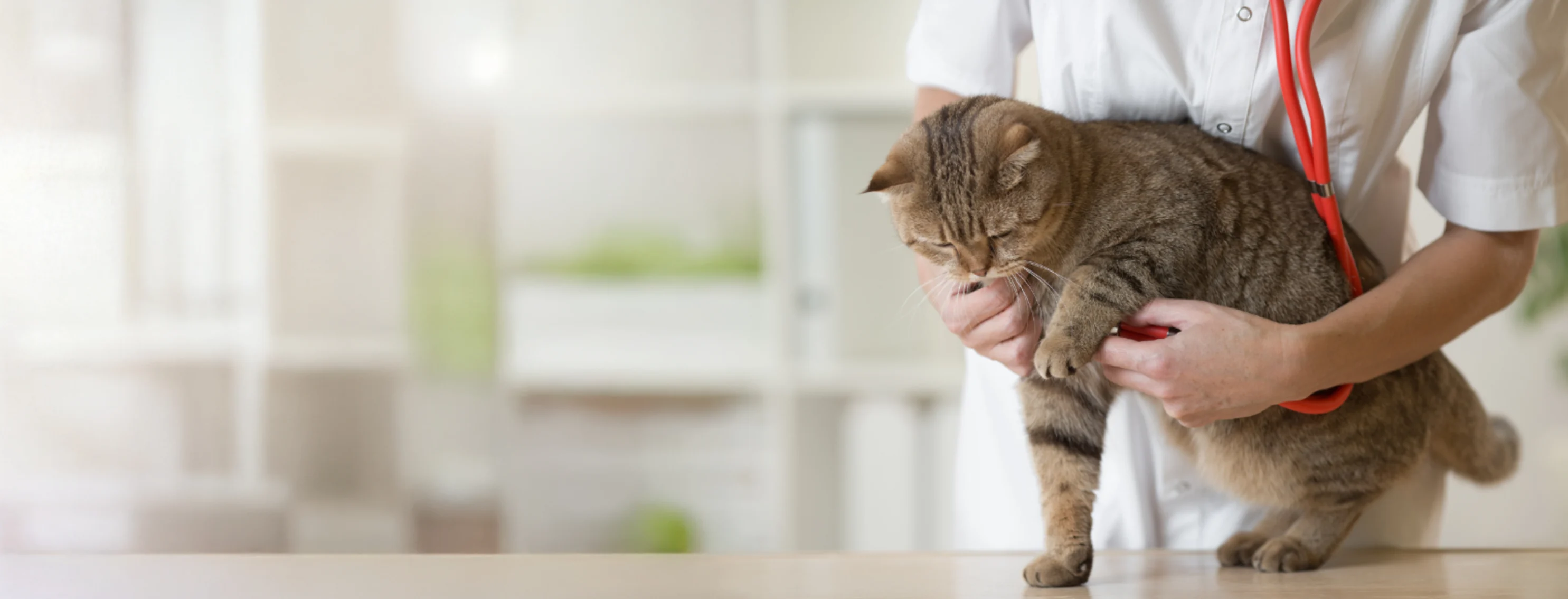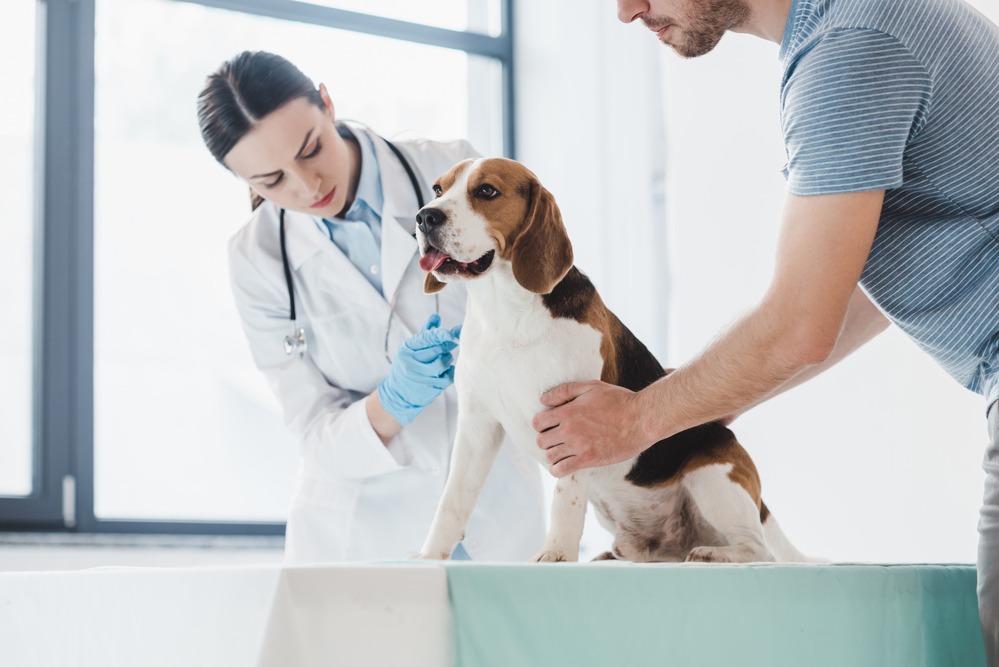Preparing for the Unexpected With animal emergency care bellingham
Preparing for the Unexpected With animal emergency care bellingham
Blog Article
Everything About Veterinarian Surgical Treatment: Understanding the Value of Professional Treatment for Your Animals
Veterinary surgical treatment is a crucial component of pet health care. It includes numerous procedures, from routine optional surgical treatments to immediate treatments. Recognizing the details of these surgeries can assist pet dog owners make educated decisions. The prep work, implementation, and healing stages are essential for ensuring the well-being of pets. With correct expertise, proprietors can navigate the complexities of vet treatment. What variables should be thought about before a pet dog undergoes surgical procedure?
Sorts Of Veterinarian Surgeries
When a pet requires medical treatment, understanding the various types of vet surgical procedures can assist pet dog proprietors make notified decisions. Veterinary surgical procedures can be broadly classified into three primary types: optional, immediate, and emergency surgical procedures. Elective surgical treatments, such as spaying or neutering, are prepared treatments that are not instantly serious. Immediate surgeries, like those for international body removal, must be done soon however are not serious in the moment. Emergency situation surgeries, such as those attending to serious trauma or inner bleeding, are important and require instant attention.Additionally, surgeries can vary in intricacy, ranging from minimally intrusive laparoscopic procedures to more extensive open surgeries. Each sort of surgical procedure lugs its very own dangers and healing procedures. Understanding these groups allows pet proprietors to engage in purposeful conversations with vets, leading to far better end results for their beloved pets.
Preparing for Your Family pet's Surgery
Getting ready for a pet's surgical procedure entails a comprehensive list to guarantee all fundamentals are covered. Efficient communication with the veterinarian is crucial for recognizing the procedure and any type of necessary pre-operative steps - 24 hour vet near me. Additionally, having clear post-operative care guidelines will help proprietors supply the most effective assistance for their recuperating animals
Pre-Surgery Checklist Essentials
Guaranteeing a smooth surgical experience for a pet calls for mindful prep work and interest to detail. A pre-surgery list is essential for family pet owners to follow. Initially, verifying the scheduled surgical procedure date and time is vital. Owners ought to likewise confirm that their pet dog has not eaten according to the vet's directions, commonly for 8-12 hours prior to surgical treatment. Gathering necessary clinical documents, including inoculation background, is necessary for the veterinarian's evaluation. It is additionally suggested to prepare a comfy space in the house for the pet's healing after surgery. Ultimately, owners need to have a plan for transportation to and from the veterinary facility, seeing to it that the family pet is safe and comfy throughout the journey. Adhering to these steps can significantly boost the surgical experience.
Interacting With Your Veterinarian

Efficient communication with the vet is important for a successful surgical experience for family pets. Proprietors should be prepared to discuss their pet dog's medical history, including any kind of pre-existing problems, medicines, and allergies. This information aids the veterinarian evaluate risks and customize the medical strategy appropriately. Additionally, family pet proprietors need to ask questions regarding the procedure, anesthetic, and expected results to guarantee they fully comprehend the procedure. Clearing up any type of questions can alleviate anxiousness for both the family pet and the proprietor. It is likewise essential to interact any behavioral modifications or problems observed in the animal leading up to the surgical procedure. Inevitably, clear discussion promotes trust and collaboration, guaranteeing that pets obtain the very best possible treatment during their surgical journey.
Post-Operative Treatment Instructions
After going over the operation with the vet, family pet proprietors must concentrate on post-operative treatment instructions to help with a smooth healing for their family pets. These instructions normally include keeping track of the surgical site for signs of infection, such as soreness or discharge. Pet dogs might require to be kept tranquil and constrained to avoid extreme movement that can interrupt healing. Discomfort management is vital, so owners must comply with the veterinarian's support on carrying out medicines. In addition, dietary constraints may be suggested to prevent intestinal upset. Routine follow-up consultations are crucial to guarantee proper healing and attend to any worries. By sticking to these post-operative treatment guidelines, pet proprietors can significantly contribute to their pet dog's healing and total well-being.
The Surgical Process Explained
The surgical process for pet dogs incorporates important actions that guarantee their security and recuperation. Pre-surgery prep work are crucial for minimizing threats, while post-operative treatment guidelines play a crucial duty in advertising healing. Comprehending these parts aids pet owners navigate the surgical experience more efficiently.
Pre-Surgery Preparations
Before a pet undertakes surgical procedure, numerous crucial prep work should occur to guarantee a secure and effective treatment. Initially, a complete veterinary evaluation is important to analyze the animal's general health and wellness and determine any kind of potential risks. This may include blood examinations, imaging, or other diagnostics. The veterinarian will certainly likewise discuss anesthetic alternatives customized to the family pet's details requirements. In addition, pet proprietors are generally instructed to hold back food and water for a defined time prior to surgery to decrease the threat of issues during anesthetic. It is necessary for proprietors to offer a full case history, including any kind of drugs or allergic reactions, making sure the medical team has all required details. Proper interaction and adherence to pre-surgery guidelines can greatly boost the outcome of the procedure.
Post-Operative Treatment Guidelines
Appropriate post-operative care is crucial for ensuring a family pet's recovery complying with surgery. After the treatment, family pets need to be checked very closely for any type of signs of issues, such as extreme blood loss, swelling, or unusual actions. It is crucial to comply with the veterinarian's directions pertaining to medications, consisting of pain reducers and anti-biotics. Family pets should be kept in a quiet, comfortable environment to decrease stress and anxiety and promote healing. Limiting task is essential; short, leashed walks might be necessary, yet jumping or running must be stayed clear of. Regular follow-up visits need to be set up to assess the healing procedure. Additionally, the surgical site has to be maintained clean and completely dry, with any kind of signs of infection reported to a veterinarian immediately. Following these standards boosts recuperation end results.
Anesthetic and Discomfort Administration
Reliable anesthesia and pain management are important components of vet surgical procedure, making certain that animals continue to be comfy and secure throughout the procedure. Vets examine each family pet's private demands, thinking about aspects such as age, weight, health and wellness condition, and the type of surgical treatment being performed.Anesthesia procedures typically consist of a combination of pre-anesthetic medications, induction agents, and inhalant anesthetics, permitting accurate control over the animal's level of awareness. Monitoring during surgical treatment is vital; veterinarians continuously observe vital signs to deal with any prospective complications promptly.Pain monitoring approaches may involve opioids, non-steroidal anti-inflammatory medicines (NSAIDs), and regional anesthetics, tailored to the animal's details scenario. This diverse strategy assists minimize discomfort and advertises a smoother medical experience. By prioritizing effective anesthetic and pain administration, vet professionals boost the general well-being of pet dogs going through surgeries, guaranteeing they obtain the highest standard of treatment.
Post-Operative Treatment and Healing
Adhering to surgical procedure, the focus shifts to post-operative treatment and recovery, which is important for making sure an animal's secure return to typical activities. vets open in my area Throughout this period, animals require a peaceful, comfy environment to aid recovery. Proprietors ought to carefully monitor their pet dogs for any indications of discomfort or unusual behavior.Veterinary standards commonly include specific instructions connected to medicine administration, wound care, and nutritional modifications. It is crucial to follow these suggestions to minimize problems and advertise recovery. Family pets may require to be limited from vigorous activities, such as running or jumping, throughout their healing period (tplo surgery for dogs).Regular follow-up visits with the veterinarian permit surveillance of the pet dog's development and where's the nearest animal hospital prompt adjustments to the care plan. Offering psychological support and friendship can likewise improve a pet dog's recovery experience, helping to ease stress and anxiety. Overall, diligent post-operative treatment plays a substantial duty in achieving a successful recovery
Acknowledging Issues After Surgery
How can animal owners recognize issues after surgical treatment? Recognition of certain indicators is vital for making sure the wellness of pet dogs throughout recuperation. Usual signs include too much swelling, soreness, or discharge at the surgical website, which may signify infection. Furthermore, persistent discomfort, indicated by yawping or unwillingness to move, ought to motivate instant attention. Changes in cravings or water intake can also indicate issues; a decline in these actions might signal discomfort or distress.Moreover, pet proprietors must check their animals for any uncommon behavior, such as lethargy or difficulty breathing, as these can be indicators of severe problems. Throwing up or looseness of the bowels adhering to surgical treatment may require urgent veterinary assessment. Recognizing these difficulties early can considerably affect a family pet's recuperation procedure, emphasizing the relevance of watchfulness and prompt communication with a veterinarian for any type of worrying signs.
The Role of Vet Professionals in Surgical Treatment
Veterinary specialists play an important duty in making certain the safety and security and success of operations for family pets, particularly complying with surgical procedure when keeping an eye on and treatment are paramount. These experts consist of veterinarians, vet technicians, and assistance team, every one of whom contribute specialized skills to the surgical process.Before surgical procedure, veterinarians conduct comprehensive assessments to evaluate the pet dog's health, ensuring that any hidden conditions are taken care of. During the treatment, the medical group provides anesthetic, maintains sterilized atmospheres, and checks key indicators, very important for reducing risks.Post-operative care is just as substantial; veterinary specialists observe for complications, take care of pain, and overview proprietors on recuperation practices. Their know-how enables them to recognize early signs of distress or infection, making certain prompt intervention. Ultimately, the joint efforts of vet experts in medical treatment foster a risk-free environment, promoting the well-being of family pets throughout the surgical journey.

Regularly Asked Inquiries
How Do I Choose the Right Vet Specialist for My Animal?
Picking click to read the appropriate veterinary cosmetic surgeon includes looking into credentials, reading reviews, and assessing the facility's setting. It is vital to mirror on the surgeon's experience with certain procedures and their communication style when deciding.
What Prevail Misconceptions Concerning Veterinarian Surgeries?
Usual misunderstandings concerning veterinarian surgical treatments include ideas that they are always high-risk, unnecessary, or for emergencies. Many pet proprietors underestimate the benefits of preventative procedures and the skill associated with vet medical care.
Exactly How Much Will My Family pet's Surgical procedure Cost?
The expense of a pet's surgery can vary considerably based upon variables such as the type of treatment, the veterinarian's experience, and geographic place (canine tplo surgery). Commonly, expenses vary from a few hundred to a number of thousand dollars

Can My Animal Consume Before Surgical Treatment?
Before surgical procedure, it is typically suggested that pets abstain from eating for a specific period. This fasting helps minimize the threat of difficulties during anesthetic. Owners ought to consult their veterinarian for precise directions tailored to their pet dog's requirements.
Suppose My Pet Has Pre-Existing Health Conditions?
When a family pet has pre-existing health and wellness conditions, it's vital for the veterinarian to evaluate these elements prior to surgical procedure. This evaluation guarantees suitable preventative measures are taken, reducing threats and enhancing the family pet's total safety during the treatment.
Report this page